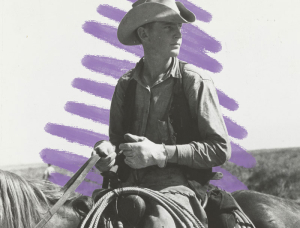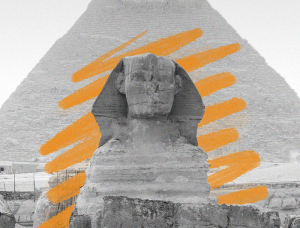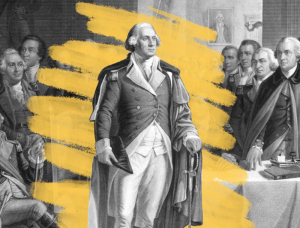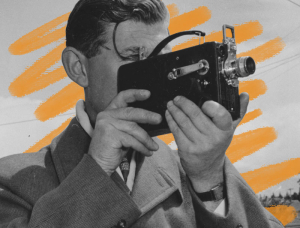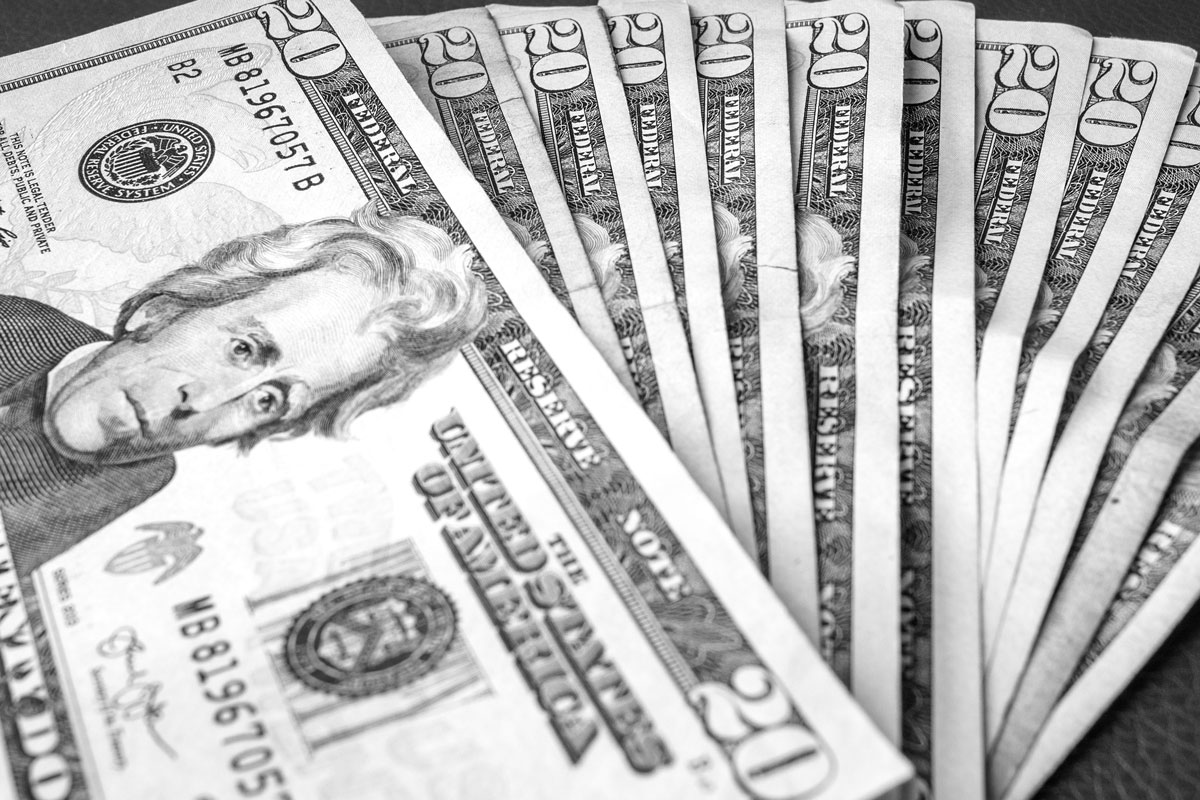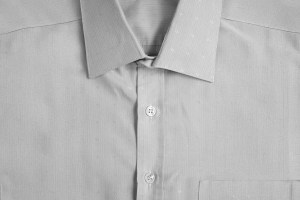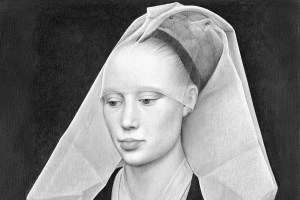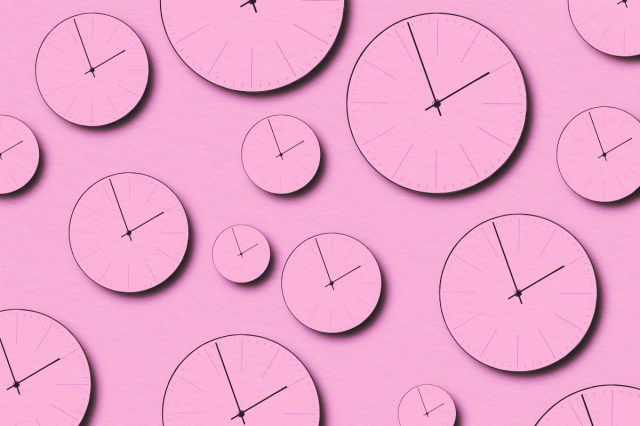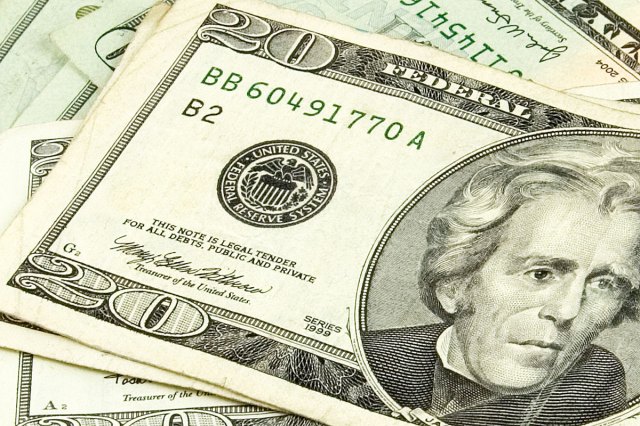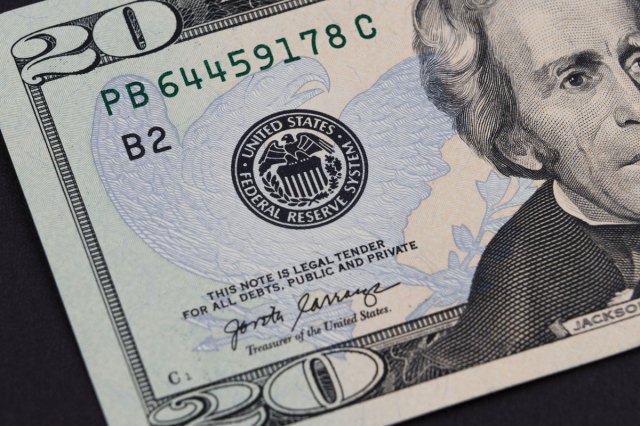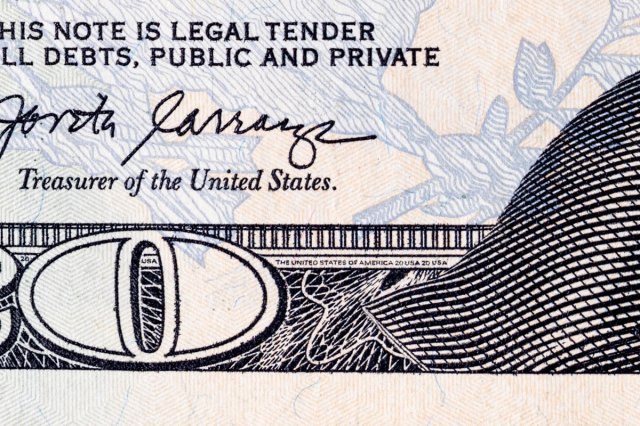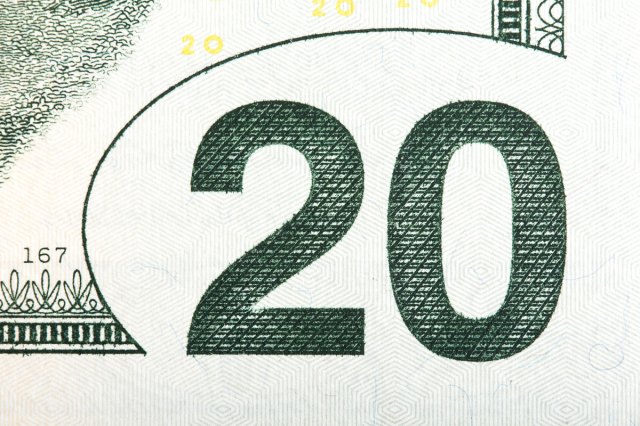7 Symbols on the $20 Bill — and What They Mean
United States currency is full of symbolic design choices and cryptic markings. First issued in 1861 as a demand note, the $20 bill is one of the most commonly used denominations. Over the years, the $20 bill has undergone numerous facelifts, from changing portraits and seals to the addition of color-shifting ink and security threads. Today’s version packs in more symbols than most people may realize. If you’ve ever wondered what those little letters, numbers, and emblems really mean, here’s a look at seven of the symbols found on the modern $20 bill.
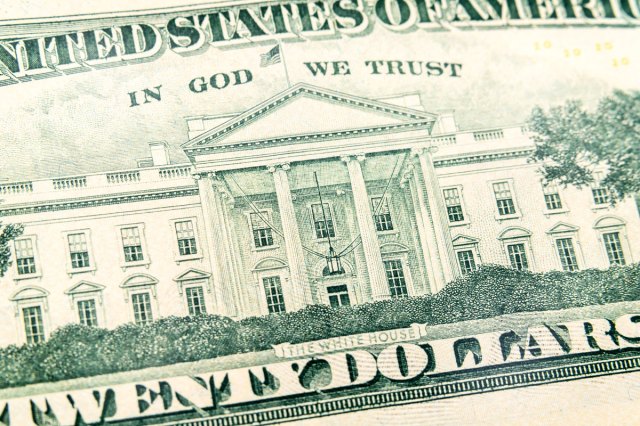
The White House
The obverse (front) of the $20 bill features a portrait of President Andrew Jackson, but the reverse also has a prominent nod to the presidency: the White House. The image on the current $20 bill shows the north side of the White House; its main North Portico entrance and classic Ionic columns are a familiar sight to onlookers from Pennsylvania Avenue.
The White House vignette was added to the $20 bill in 1929 (the same year Jackson’s portrait was added). Initially, however, it featured a depiction of the South Portico. In 1929, the U.S. government reduced the size of all bills to save on manufacturing costs, and efforts were made to standardize the front and back designs across all denominations. This included putting portraits on the front and monuments or buildings on the back. In 1998, the $20 was redesigned in an effort to discourage counterfeiting, which introduced the depiction of the South Portico of the White House we see on the banknote today.
